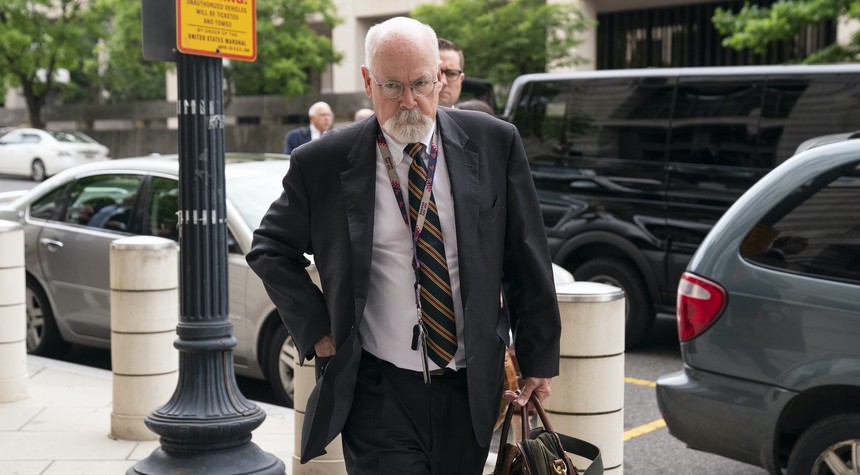Many talking heads have compared the inflation and decelerating economic growth we face now with the “stagflation” of the 1970s. But few have contemplated the full range of consequences these economic headwinds may bear, apart from the obvious: The party out of power, i.e. the GOP, is likely to benefit in the short term by a simple process of electoral elimination.
The 2020s are starting to look like the 1970s in several other important respects, however, and these may determine not just partisan success or failure, but also more fundamental issues like global security, prosperity (or the lack thereof), and the degree to which democratic norms and institutions are respected and upheld.
In purely economic terms, broad-based inflation and slow economic growth were only part of what made the 1970s so challenging. The decade also saw instability in commodity prices (and not just oil), which was highly injurious to the economic performance of many Third World countries, and contributed to a debt crisis that hamstrung these developing countries well into the 21st century. In some cases, the aftershocks are still being felt today.
Likewise, commodity prices have seesawed in recent years, partly because of the global COVID-19 pandemic, which produced wild fluctuations in demand. This, in turn, coupled with higher inflation and higher interest rates, threatens to make government finances untenable once again, but not just in the developing world. OECD countries are also treading on thin financial ice.
Imagine, for instance, a fiscal environment in the 2020s in which interest rates rise to 10 percent—a not entirely absurd hypothetical, given that current inflation levels in the United States are touching double figures. In that case, for the U.S. federal government to service our national debt (which approaches $30 trillion), it would have to commit $3 trillion per year just to making interest payments.
To put this in context, the entire annual budget of the federal government for 2023 is expected to amount to $5.7 trillion. In other words, it is conceivable, if not yet likely, that the U.S. government, and other Western governments, could soon be called upon to spend most of their public funds servicing their considerable debts. Needless to say, this would make sustaining normal public spending on social services, defense, and other important priorities impossible—unless, of course, such governments were to print money (or “add liquidity”) even more wildly than they did during the recent pandemic, which in turn would make inflation and interest rates even worse.
In short, as in the 1970s, many world governments could face fiscal and debt crises in this decade. Unlike in the ’70s, though, developed Western countries are carrying much higher debt loads, and public spending is generally higher as well—meaning there is less fiscal cushion and more exposure to the risk of a serious financial emergency, up to and including default.
We can only assume that default would produce, in turn, a depression equal or greater in terms of severity to the one seen in Greece in the wake of that country’s sovereign debt crisis, which began in 2009. Greece saw its GDP plummet by at least 25 percent, a worse performance than in the United States during the Great Depression.
It is also worth recalling, though, that the economic turmoil of the 1970s contributed to alarming levels of political instability. The incidence of coups, civil wars, and mass unrest surged in the ’70s, leading to such political sea changes as the Soweto Uprising in South Africa, the reign of terror of the Khmer Rouge in Cambodia, and the Iranian Revolution.
One has to wonder, therefore, whether the “stagflation” of 2022, which may or may not persist, coupled with higher energy prices and food insecurity—both of which have been exacerbated by the Russia-Ukraine war—could trigger similar episodes of violence, instability, or even regime changes in certain countries. If so, Western governments, battered by their own internal problems and by severe fiscal restraints, could struggle to respond effectively to the upsurging forces of chaos. That they might be distracted in such attempts by the exigencies of a new “Cold War” between NATO and Russia might make the successful management of these challenges even harder.
In short, the 1970s were a time of grave uncertainty, and an era in which the West skirted not just a profound sense of “malaise,” but also a host of real and very serious economic, political, and strategic challenges—challenges formidable enough that they could have upended the global order. Instead, we powered through the vexations of the ’70s, conquered high inflation and high interest rates, won the Cold War, and ushered in a prolonged era of price stability, economic growth, low levels of military conflict, and widespread democratization.
All of these achievements are now hanging by a thread—even the West’s victory in the Cold War, which seemed settled and permanent. The decade of the 2020s, moreover, could be every bit as challenging as the 1970s, but with one crucial difference: This time, the United States and the West may not have the fiscal resources, or the political unity, to navigate these troubled waters as successfully as before.
The danger, therefore, is that, by the time the 2020s are over, analysts will find that comparisons to the 1970s have grown stale, and that the tests we face are actually on a scale not seen since the 1930s. And, needless to say, when the experts start wheeling out the decade that gave us Hitlerism and Stalinism, we’ll know we’re in trouble!












